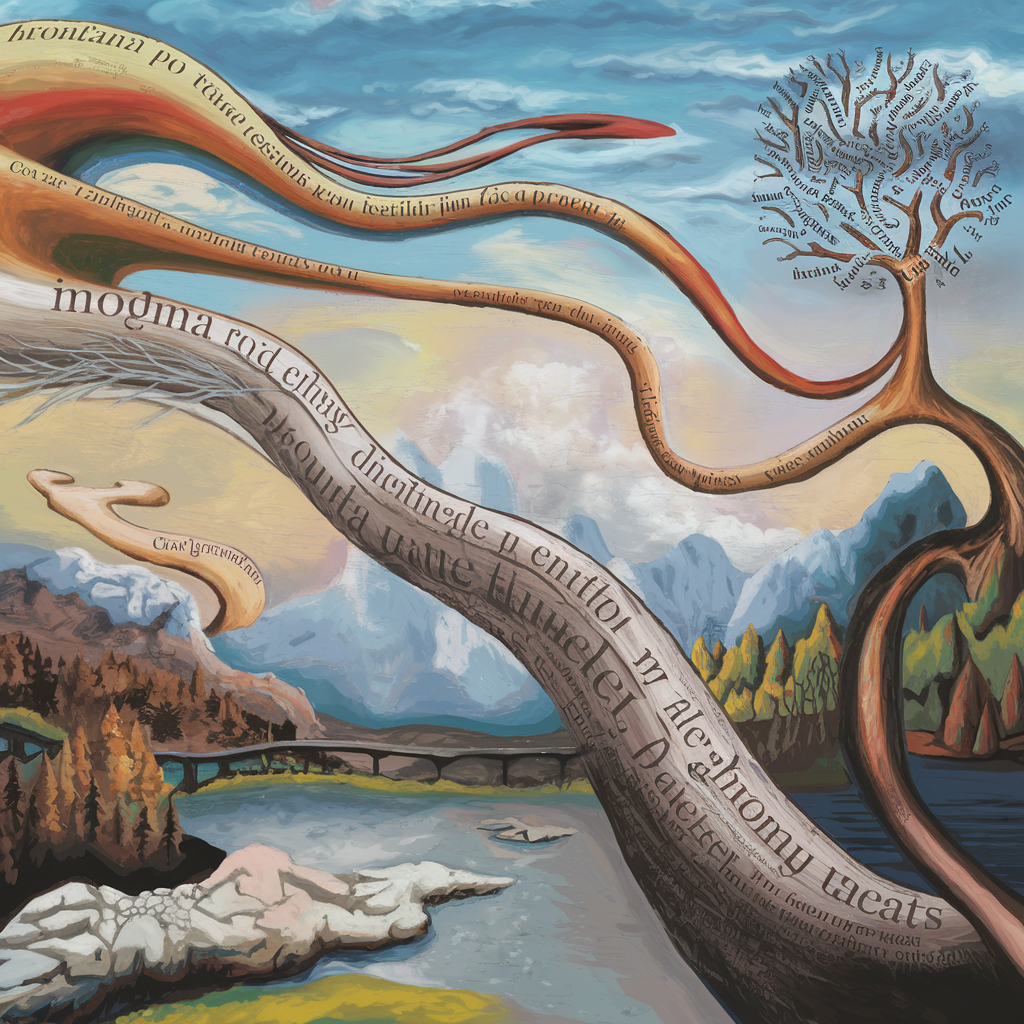Summary for Ideogram V2
Ideogram V2 establishes itself as a premier model for Graphic Design, Typography, and Architecture, demonstrating exceptional capabilities in rendering clear text and clean vector-style graphics. It achieved perfect scores in logo creation, making it a go-to tool for marketing and commercial assets.
Key Findings:
- ↗️ Top Performer: Graphic Design and Architecture categories.
- ↘️ Weaknesses: Struggles significantly with dynamic human anatomy (hands/limbs) and specific 2D animation styles (e.g., Ghibli, Pixel Art).
- ⚠️ Trend: The model exhibits a strong bias towards 'polished' or '3D-render' aesthetics, often resisting requests for rougher or hand-drawn styles.
Strengths & Quality Factors
Ideogram V2 excels in structural precision. This is evident in its ability to render text perfectly within images, a task where many models fail.
Failure Modes & Limitations
- The 'Uncanny Valley': In Photorealistic People & Portraits, the model tends to over-process skin textures, creating a 'waxy' or 'plastic' look (e.g., Neon Portrait).
- Anatomical Coherence: The model struggles with complex interactions. The High-five and Astronaut on Horse generations received very low scores (3/10) due to severe anatomical distortions.
- Style Hallucination: The model has a hard time adhering to 'lo-fi' or specific hand-drawn styles. When asked for SimCity Pixel Art, it produced vector art. When asked for Ghibli Style, it produced a 3D render.
✅ Best Use Cases
1. Graphic Design & Branding
Ideogram V2 is unmatched here. If you need logos, icons, or social media graphics with legible text, this is the model to use.
2. Architectural Visualization
Excellent for visualizing interior and exterior spaces. It understands spatial logic and lighting extremely well.
- Highlight: Modernist Desert Home (9/10) - Perfect integration of structure and landscape.
- Highlight: Skybridge (9/10) - Photorealistic glass and steel rendering.
⚠️ Use with Caution
1. Photorealistic Human Action
Static portraits can be good (Tattooed Portrait), but scenes involving movement or hand interactions often fail.
- Avoid: Complex hand gestures or multiple people interacting physically.
2. Specific Artistic Styles (Anime/Pixel)
The model has a heavy bias towards digital painting and 3D rendering. It frequently fails to capture the 'soul' of specific 2D styles.
- Fail: Ponyo Style (3/10) - Failed to capture the Ghibli aesthetic, resulting in a grotesque 3D-like image.
